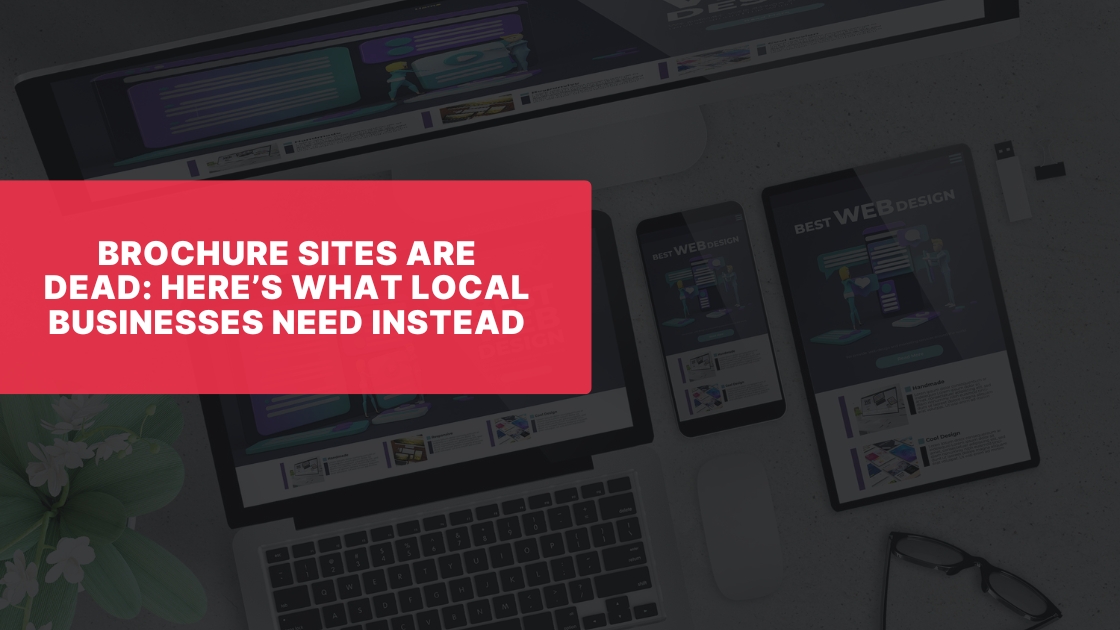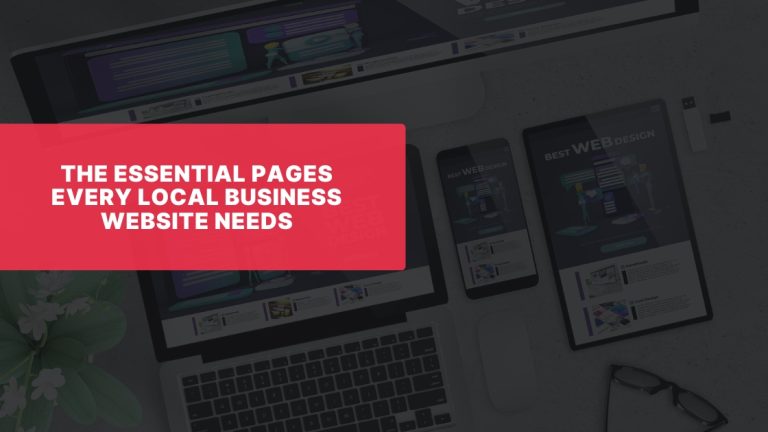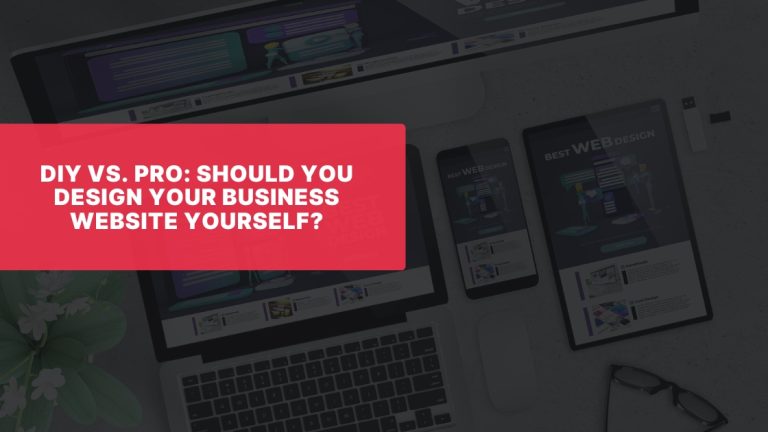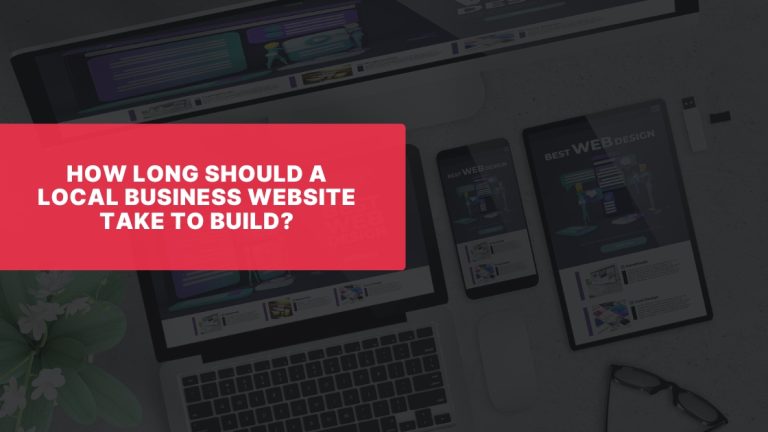There was a time when simply having a website meant your business had made it online. You’d have a homepage, a few service pages, and a contact form, and that was enough. But those days are over.
The traditional “brochure-style” website – the kind that just lists your services with no real interaction – doesn’t cut it anymore. If your website’s just sitting there, looking nice but doing nothing, it’s probably costing you leads, sales, and opportunities.
In this article, we’ll look at why brochure sites no longer work, what’s changed, and what your local business really needs from its website in 2025.
What is a brochure site?
A brochure website is a simple, static site that mimics the layout of a printed leaflet. It’s designed to present information, not generate action. Most have a few core pages:
- Home
- About
- Services
- Contact
There are no calls to action, no lead generation tools, and no real user journey. It’s a digital placeholder – not a business tool.
Why brochure sites don’t work anymore
1. Customers expect more
People are used to slick, easy-to-use websites that load fast and make it simple to take the next step. If your site doesn’t make it easy to book, buy or call, they’ll move on.
2. Mobile is everything
Over 70% of your visitors are checking you out on their phones. Brochure sites often aren’t mobile-friendly, which means slow loading, clunky buttons, and poor formatting – all of which push people away.
3. Google cares about performance
Search engines now rank websites based on speed, mobile usability, content quality and engagement. A static brochure site won’t tick enough boxes to compete locally.
4. No trust, no action
Modern consumers look for trust signals like reviews, real photos, social proof, and up-to-date info. Brochure sites often lack all of this.
5. No way to capture leads
If your site doesn’t have a way to collect emails or guide visitors to enquire, it’s like having a shop with no staff.
What your website needs instead
To actually grow your business, your site needs to do more than just exist. Here’s what it should include:
1. Clear messaging
Visitors should know within 5 seconds:
- What you do
- Who you help
- Why you’re the right choice
- What to do next
Ditch generic headlines like “Welcome to Our Website”. Use something like: “Affordable Garden Fencing in Bristol – Fast Quotes and Local Service.”
2. Obvious calls to action
Tell people exactly what to do next. Whether that’s “Get a Free Quote”, “Book a Call”, or “Check Our Availability”, make it clear and visible.
Repeat your call to action throughout the page and keep it consistent across the site.
3. Mobile-first design
Your website should be designed for phones first, not desktop. That means:
- Fast loading speed
- Buttons that are easy to tap
- Short, scannable content
- Click-to-call phone numbers
Test your site on different devices. If it’s clunky on mobile, you’re losing leads.
4. Local SEO structure
Make sure your website helps you show up in local searches. Use:
- Location keywords in headings and meta descriptions
- A Google Business Profile link
- Local landing pages for nearby areas
- Schema markup for your services and reviews
If people can’t find you on Google, you don’t exist.
5. Trust signals
Real people trust real people. Add things like:
- Google reviews and testimonials
- Before and after photos of your work
- Industry accreditations or local awards
- Case studies or customer stories
The more proof you show, the more enquiries you’ll get.
6. Lead capture tools
Offer something in return for an email address or enquiry. This could be:
- A free downloadable guide
- A discount or limited-time offer
- A “get a quote” form with just 3-4 fields
Once you have their contact info, follow up with a simple email sequence or call.
7. Real content that helps
Don’t just list services – explain what they mean, who they’re for, and how they work. Add helpful blog posts, FAQs, or short guides. Google loves fresh content, and so do your visitors.
Examples:
- “What to Expect From a Loft Conversion in Manchester”
- “5 Signs Your Boiler Needs Servicing”
- “How to Choose the Right Driveway Material”
This positions you as the expert and builds trust before they even get in touch.
8. Fast hosting and site speed
Slow sites kill conversions. Choose reliable hosting and keep your site lean. Compress your images, cut out unnecessary plugins, and keep things simple.
Use tools like Google PageSpeed Insights or GTmetrix to check performance.
9. Ongoing updates and tracking
Your website isn’t a one-and-done project. Make sure you:
- Keep content fresh
- Track visits with Google Analytics
- Set up conversion tracking for forms and calls
- Update plugins and security patches regularly
Even small tweaks can have a big impact on your site’s performance.
Final thoughts
Brochure sites may have worked in 2010, but the internet – and your customers – have moved on. If your site isn’t built to convert, it’s not doing its job.
Your website should be a 24/7 sales tool. It should help you get found, build trust, and generate leads while you sleep.
At Strategy8, we specialise in building affordable, high-converting websites for local businesses across the UK. If you’re still stuck with a digital brochure, get in touch and we’ll show you what’s possible.




